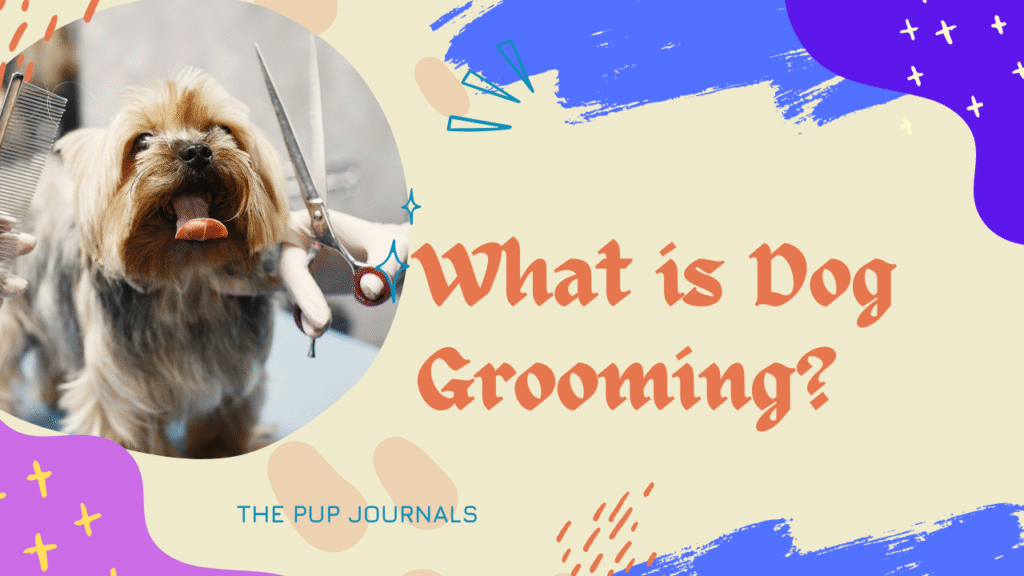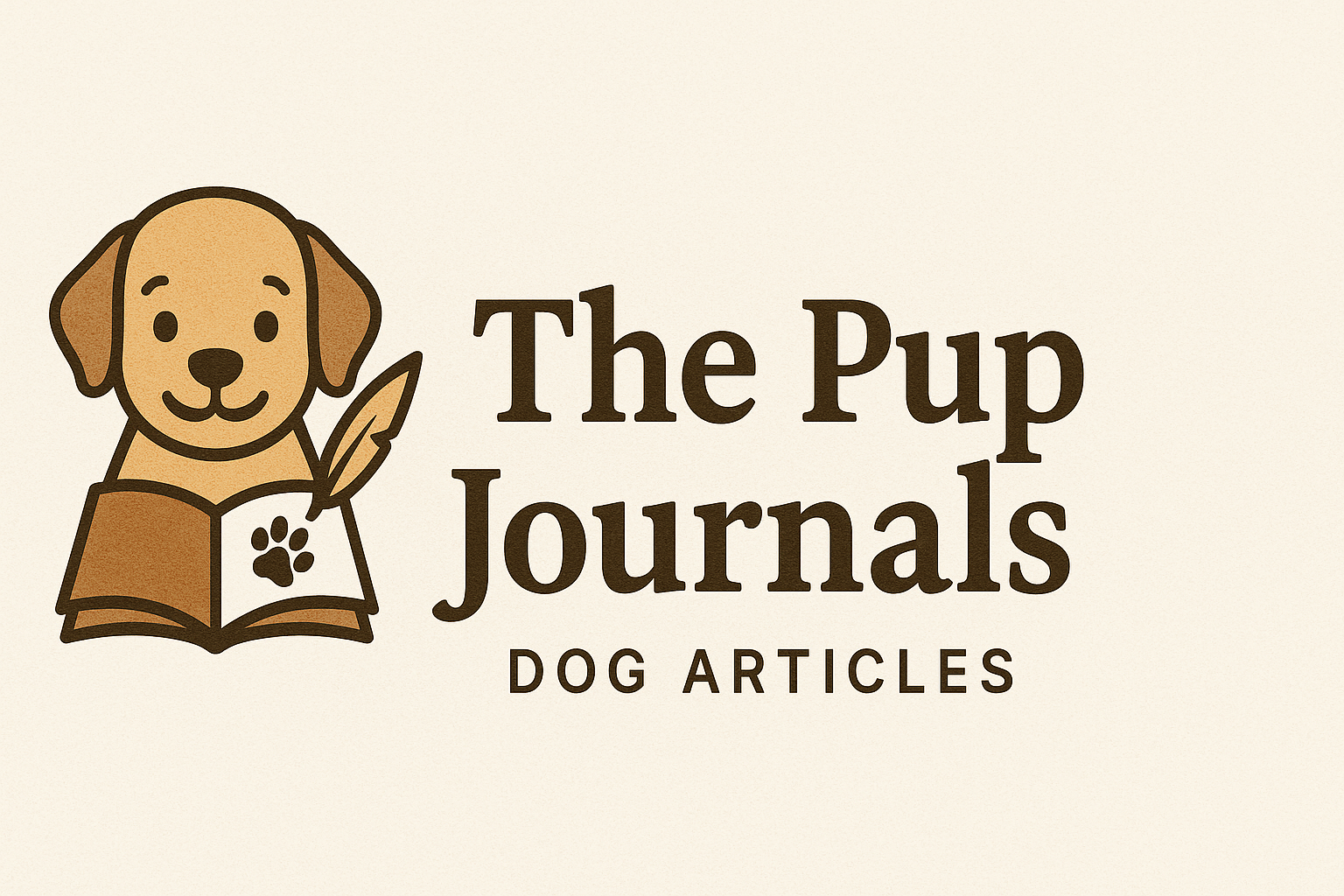
Table of contents
Introduction
Dog grooming is an essential aspect of responsible pet ownership, a practice that goes far beyond merely keeping your canine companion looking its best. At its core, grooming encompasses a variety of habits and techniques designed to maintain a dog’s overall health and well-being.
The Value of Companion Coat Care
A dog’s coat is more than just beautiful—it’s a protective shield. It defends against harsh weather, temperature shifts, and even skin infections.
Regular brushing plays a vital role in maintaining this defense. It spreads natural oils across the skin, keeping dryness and flakiness at bay. It also removes dead hair, helping control shedding—and keeping your home cleaner.
Different breeds have different grooming needs. A Maltese’s silky strands, a Husky’s thick double coat, or a terrier’s wiry hair each require specific brushes and grooming routines.
Still, no matter the breed, one rule holds true: Consistent grooming supports healthy hair growth and prevents painful matting. Neglected mats can cause serious skin irritation—something every pet owner wants to avoid.
Bathing Your Dog: Time and Method
Bathing is an essential part of grooming, but moderation is key. Too many baths can strip away the skin’s natural oils, causing dryness or itching. Too few, and you may end up with unpleasant odors or skin problems.
To strike the right balance, always use a gentle, dog-specific shampoo. This helps maintain your dog’s natural pH while effectively removing dirt and allergens.
When bath time arrives, use lukewarm water and be careful not to spray directly into sensitive areas like the eyes and ears. Massage the shampoo into the coat with slow, circular motions—not just to clean, but to make the experience enjoyable for your dog.
Rinsing thoroughly is crucial. Leftover soap can irritate the skin, so consider a second rinse if needed. For dogs with knot-prone coats, a light conditioner may help.
After rinsing, gently towel-dry your dog. If they’re comfortable with it, use a blow dryer on the lowest heat and airflow settings. Otherwise, stick with a towel.
And don’t forget—praise and treats go a long way. Reward your pup during bath time to keep the experience positive and stress-free.
Nail Trimming: A Health Imperative
You might not realize it, but the length of a dog’s nails directly affects its posture and overall comfort. When nails become too long, they can change the way a dog walks, putting unnecessary pressure on joints and potentially leading to long-term pain or mobility problems. Regular nail trims help your dog maintain a natural gait and reduce the chances of nails snagging on carpets or breaking uncomfortably.
For safe trimming, always use clippers designed for dogs and be mindful of the quick—the sensitive, living part inside the nail. On light-colored nails, the quick appears as a pink area, making it easier to avoid. For dark nails, trim gradually in small sections. If bleeding occurs, a touch of styptic powder helps stop it quickly. Making nail trimming a regular part of your grooming routine helps your dog feel more at ease and keeps the process stress-free over time.
Ear and Dental Care: Preventing Infection
Ear and dental hygiene often don’t get the attention they deserve, yet they’re crucial for a dog’s overall health. Dogs with floppy ears or heavy ear flaps are especially vulnerable to infections, as moisture and debris can easily become trapped. Regularly wiping the outer ear with a vet-approved cleaner and a soft cotton ball helps prevent buildup and allows you to spot early signs of inflammation before they become serious.
Dental care is just as important. Plaque buildup can lead to gum disease, bad breath, and even impact your dog’s internal organs if left untreated. Brushing with a canine-specific toothbrush and toothpaste removes food particles and harmful bacteria. If your dog resists brushing, dental chews or tartar-reducing toys can help—but they’re best used as a supplement, not a replacement, for daily brushing.
Grooming Tools and Environment
Creating a positive grooming environment can transform a stressful chore into a soothing and enjoyable routine. Start by choosing a calm, quiet area free from distractions—dogs are easily sidetracked by noise or movement. Before you begin, gather all necessary grooming tools within reach. This might include brushes and combs suited to your dog’s coat, nail clippers, ear cleaners, dental care items, towels, or a gentle blow dryer. Having everything ready helps the session flow smoothly and reduces unnecessary pauses.
During grooming, speak in a soft, reassuring tone and take breaks if your dog shows signs of anxiety. Offering treats throughout the process reinforces positive behavior and keeps your dog relaxed. With consistent practice, your dog will begin to associate grooming with comfort, care, and reward—making each future session, whether at home or with a professional, far less stressful.
Professional Grooming vs. At-Home Care
For many dog owners, professional grooming salons offer a complete solution—especially for breeds that require intricate grooming or for those who prefer leaving it to the experts. From breed-specific haircuts and sanitary trims to treatments like flea dips and de-shedding baths, professional groomers bring skill and precision to the process, often making it more efficient and thorough.
Still, even if you regularly visit a salon, learning basic at-home grooming techniques is incredibly valuable. Weekly brushing and nail checks maintain grooming results and keep your dog comfortable. They also strengthen your bond and help spot early signs of health issues.
Spotting Trouble
Grooming your dog allows you to look closely at their body. This familiarity can help you see things like lumps, bumps, hot spots, and parasite infestations like ticks or fleas. If you catch something early enough, treatment can be quicker and your dog has better chances of a good outcome. Watch for changes in your dog’s coat—bald spots or a greasy look could signal hormonal issues or poor nutrition. If you see anything that concerns you while grooming your dog, talk to your veterinarian!
Conclusion
Here’s a shortened version of your sentences:
Dog grooming isn’t just about looks—it’s a key part of your dog’s health and comfort. Routine grooming boosts your dog’s health and may help them live longer.
Reference: Wikipedia
Read More : Caring for Your Pregnant Dog: A Comprehensive Guide


One Response